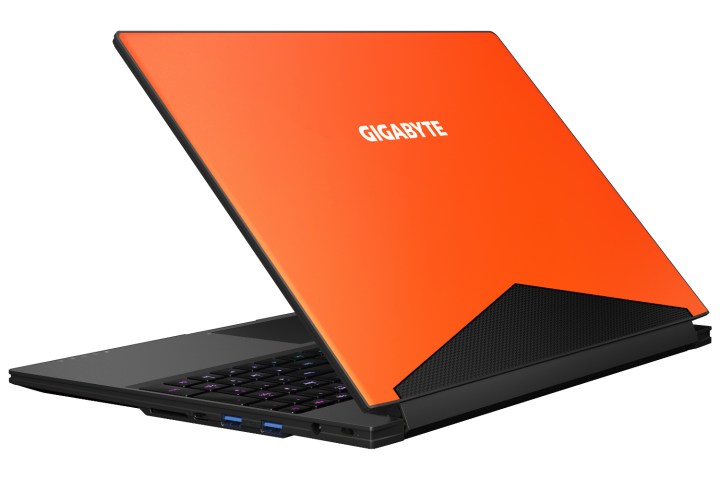
The Pantone aspect is important because it means the display can match the colors used in the physical Pantone color space. Pantone colors are generally used in the printing process although paints, plastics, and fabrics rely on this color space as well. Typically, we see displays boast support for Adobe RGB, sRGB, and several others. But the Aero 15 is the first laptop to support a color space that was established in the early 1950s and is still in use.
“Before each and every Aero 15 leaves the factory, they are calibrated individually with the calibration technology provided and strictly governed by X-Rite Pantone,” the company said. “This further ensures that each display is showing consistent and accurate colors, so professionals know exactly what results they will be getting.”
As for the Aero 15 hardware, here is the base design:
| Screen size: | 15 inches |
| Screen resolution: | 1920 x 1080 3840 x 2160 |
| Screen border thickness: | 5.1mm |
| Processor: | Intel Core i7-7700HQ |
| Graphics: | Nvidia GeForce GTX 1060 |
| Graphics memory (dedicated): | 6GB GDDR5 |
| Memory: | 2x DDR4 slots up to 32GB (2,400MHz) |
| Storage: | 2x M.2 PCI Express Gen3 x4 SSD slots |
| Connectivity: | Wireless AC (Intel 8265) (2×2) Bluetooth (?) |
| Sound: | Dolby Digital Plus |
| Battery: | 94.24 watt-hour |
| Keyboard: | Backlit, 16.8 million per-key colors |
| Ports: | 1x Thunderbolt 3 (40Gbps) 1x USB 3.1 Gen1 Type-C (10Gbps) 1x USB 2.01x HDMI 2.0 1x Mini DisplayPort |
| Dimensions: | 14.01 (W) x 9.84 (D) x 0.78 (H) inches |
| Weight: | 4.62 pounds |
| Operating system: | Windows 10 Home |
So that’s the foundation. Here are the three individual models and their starting configurations:

| Aero 15W-GN4 | Aero 15W-OG4 | Aero 15W-BK4 |
|
| Resolution: | 1920 x 1080 | 1920 x 1080 | 1920 x 1080 |
| Memory: | 16GB | 16GB | 16GB |
| Storage: | 512GB | 512GB | 512GB |
| Color: | Green | Orange | Black |
Customers in North America should expect several variants of the three Aero 15 units shown above to reflect the higher resolution option, more storage capacity options, and additional memory configurations. The starting price is a hefty $1,899.
On the display front, the company didn’t indicate what type of panel technology it’s using. For the 3840 x 2160 option, the company associates the resolution with wide viewing angles, indicating the possible use of In-Plane Switching technology that’s known for ultrawide viewing angles and super-rich colors. Gigabyte may simply be using the older Twisted Nematic tech for the 1920 x 1080 resolutions, which is ideal for PC gamers due to its fast response times and high brightness.
That said, Gigabyte is openly targeting both the professional graphics crowd and the PC gaming community with the Aero 15. It’s a “powerhouse” according to Gigabyte, enabling digital artists and designers to take a break from their graphic-intense work to play immersive VR at 90 frames per second without the need for a second PC.
Right now, we don’t know the exact availability date or all the price points, so stay tuned.


